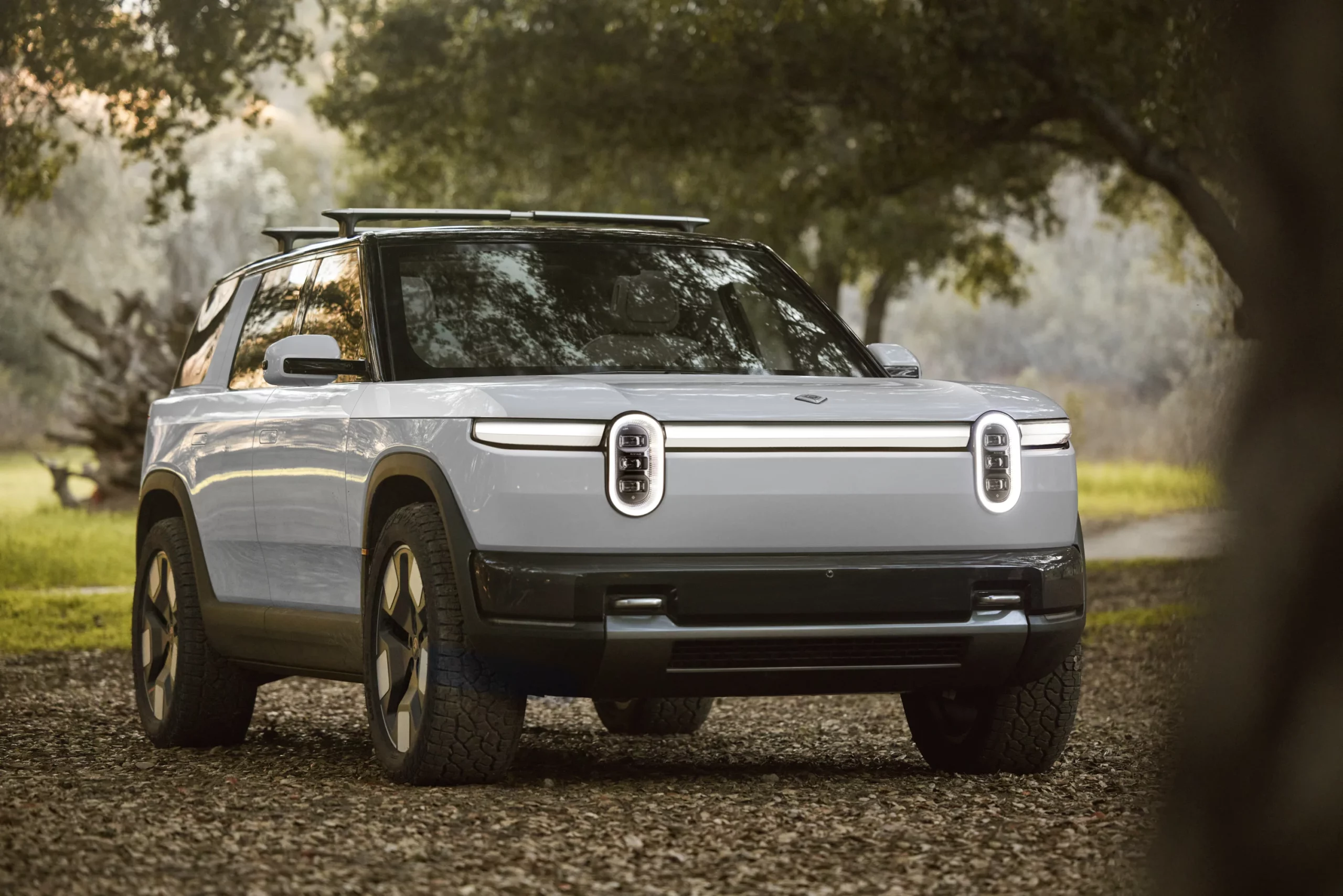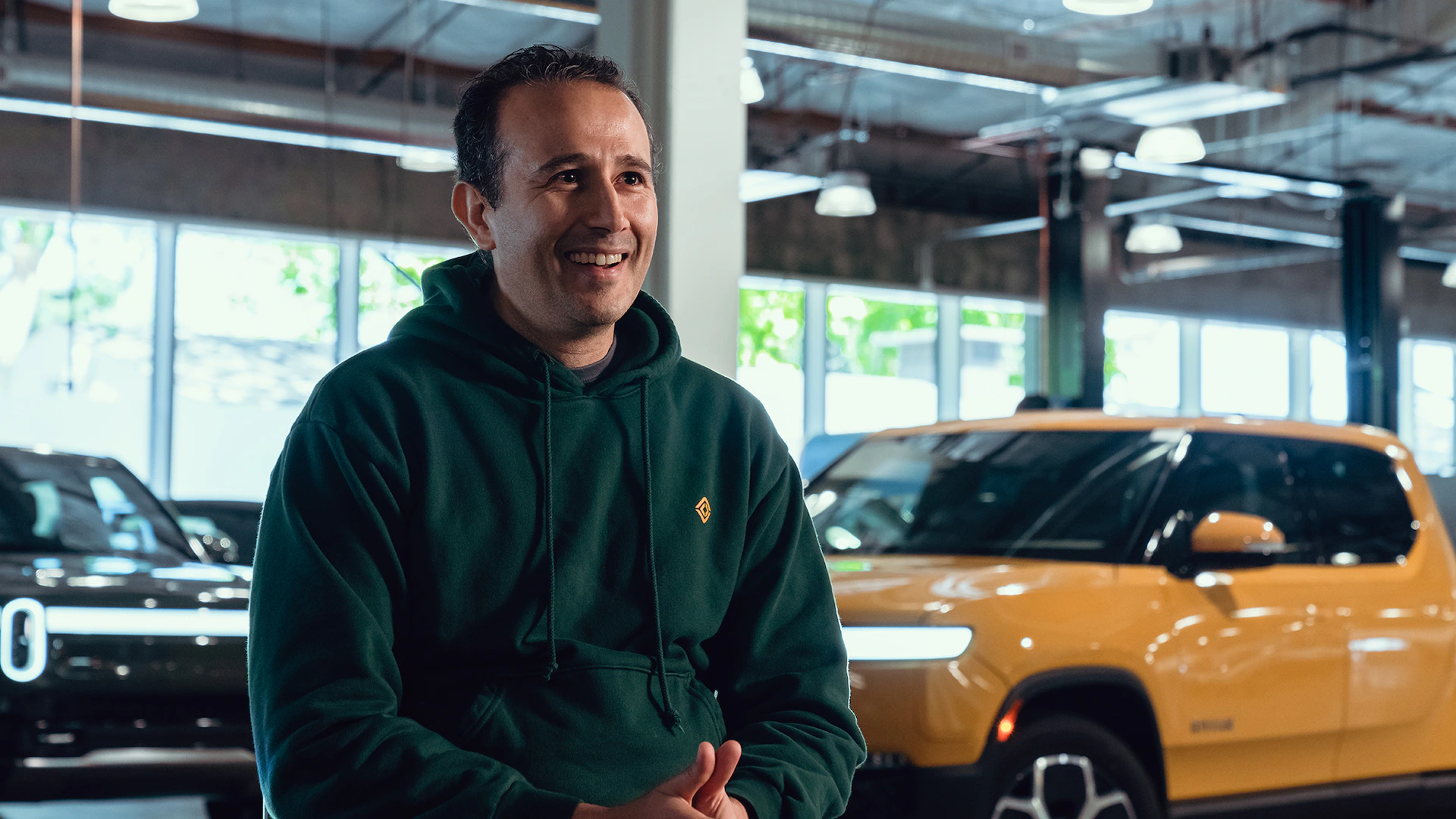Latest Rivian News

Rivian Reaffirms Commitment To Georgia Plant
Rivian has reaffirmed its commitment to building an EV manufacturing plant in the State of Georgia. Upon unveiling the R2 in March, Rivian announced it would provide the vehicle in its Normal, IL factory, saving Rivian over $2.25 billion, helping…

Rivian Announces Electric Upgrade Offer, Up to $5K With Valid Trade-In
Rivian has launched a new campaign called “Electric Upgrade”. With this new offer, eligible customers can trade in select gas-powered vehicles and get up to $5,000 off a new Rivian + 1 free year of charging at any Rivian Adventure…

Rivian Hosts Software Q&A At San Jose, CA R2 Event
Earlier today, I shared a few details from an impromptu Q&A hosted by Wassym from Rivian. Thanks to The Kilowatts for sharing a video of this event. I’ve broken down all the details from the event including some new information.…
Latest Software Updates
2024.11.02
Charging Score, Send Nav, Mapping, and Charging Feedback, Rear Display Improvements, and Additional Improvements
2024.11.01
Charging Score, Send Nav, Mapping, and Charging Feedback, Rear Display Improvements, and Additional Improvements
2024.11
Charging Score, Send Nav, Mapping, and Charging Feedback, Rear Display Improvements, and Additional Improvements
